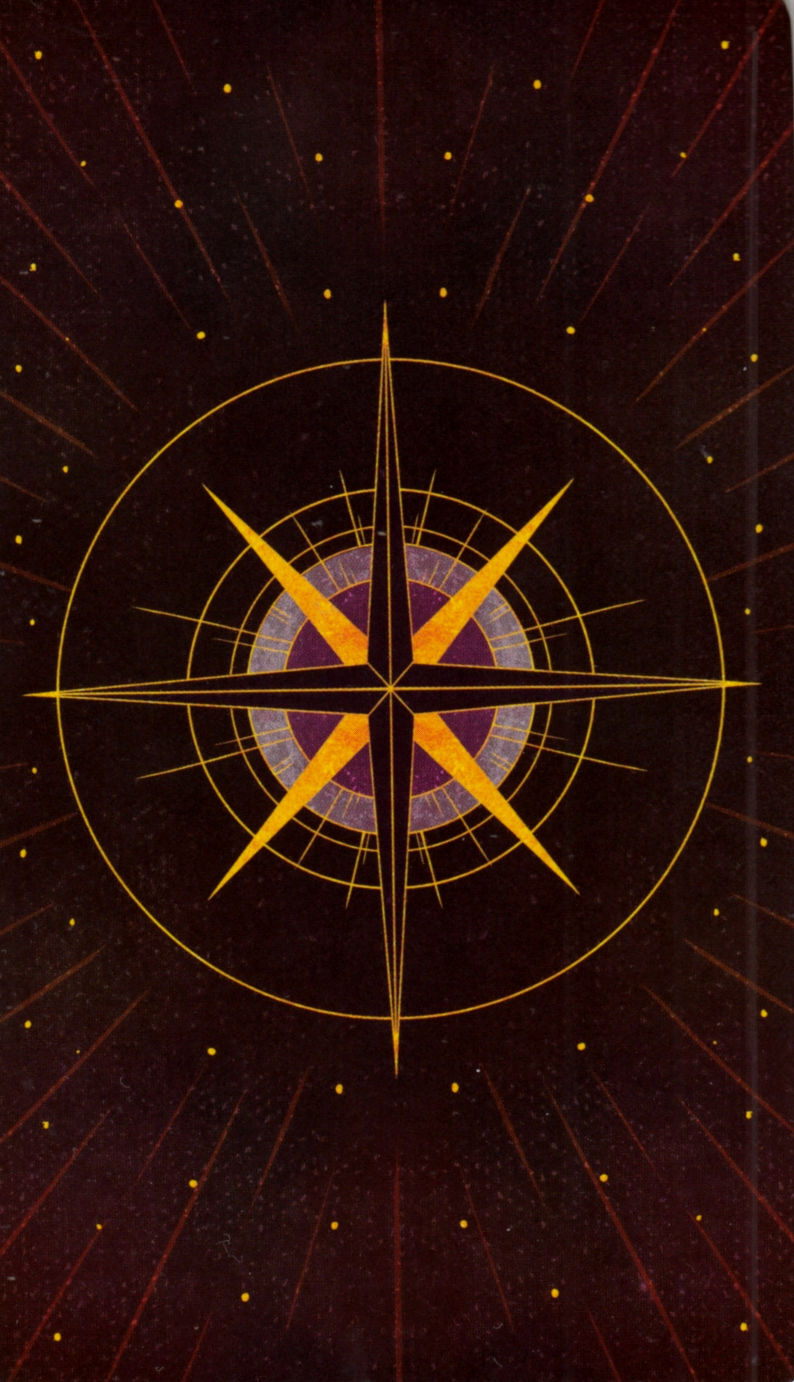Periodically, yes.
…I’ll show myself out.
The elements at the very end of the periodic table are somewhat tenuous as we know “elements” to be, as there has only ever been very VERY small amounts of this material produced, and the isotopes of those materials that ARE produced split apart almost immediately with insanely small half-lives, so it’s not like there’s any amount of it just kicking around in a jar somewhere in some lab.
There’s a ton of interesting reading on the theoretical island of stability in superheavy elements, where a special number of neutrons added to the isotope can possibly make these superheavy elements stable for a macroscopic amount of time so they could actually be studied and handled instead of instantly exploding apart and only being detected through their decay products.
https://en.wikipedia.org/wiki/Island_of_stabilityI think there are elements with experiments designed to produce them up to around atomic number 125 or 127. Currently the highest confirmed, named, and somewhat categorized is 118. There’s info out there about the theoretical elements. Here’s the page for element 119. https://en.wikipedia.org/wiki/Ununennium. Purely theoretically, you could just keep adding rows to the periodic table, and it will keep going, but most of those materials will never actually exist or never could exist. It’s kind of like theoretical vs applied math.
See also: chart of nuclides
It contains the periodic table and all the unstable isotopes of every element. The island of stability would be somewhere in the top right corner, outside the chart.
When you look at the half-life data, it’s pretty clear that lead is the last fully stable element. Anything past that line (126 neutrons) is more or less unstable, but not necessarily useless. For example, uranium and thorium are pretty far away, but they can still have practical applications.
Between hydrogen and lead, stable isotopes are abundant, but after lead, finding anything you can reasonably do chemistry with gets a bit scarce. When you go past plutonium 244, you’ll find even less chemistry there.
When you say macroscopic time are we talking about seconds or years? Wondering whether we can actually build a circuit or something if we could produce a few mg of it.
It depends on which theorist you talk to. Some say seconds to minutes, others say days to weeks, the nutcases say thousands to millions of years.
And at the end of the day, the electrical properties of these elements probably aren’t that interesting or useful, and almost certainly won’t be like, semiconductors or anything fun. Just dumb, heavy, really fucking radioactive wire lol.
As long as it could be thousands of years we can dream about fantastic new elements that could make arc reactors or interstellar travel possible.
The more likely reality is a boring line of research of interest only to scientists
Yes-ish. Unlisted elements “exist” in a theoretical sense: The higher the atomic number, the more unstable they are, so you won’t find them in nature.
However, they can be created temporarily in labs, and they exist a short amount of time before they decay into more stable particles. When a previously unobserved element is created, it gets added to the table.
What makes an element stable or unstable is beyond the scope of this question, but in general, the heavier an element is, the more unstable it is, and we’ve already discovered the lightweight ones.
The Island of Stability has been theorized, so once we reach the tech necessary to create elements from there, we might see a large amount of new elements added.
The last new element (afaik) was like… 2016? So depends on what counts as new I suppose :3
To expand on this, there aren’t any gaps left so the only new ones will be increasingly heavyweight and have vanishingly short half-lives, which means that they are increasingly difficult to synthesize and detect. In theory there is an island of stability once we can synthesize sufficiently heavy elements, but it seems pretty far off.
The “island of stability” actually encompasses many of the superheavy elements that we have already produced. The “stability” part comes from “magic numbers” of neutrons in the isotopes that are theorized to have some kind of stabilizing effect on the nuclear shells.
The difficulty is that we can theorize the number of neutrons we need to stabilize a certain number of protons, but finding atoms with the right number of protons and neutrons to smash together to hopefully create that total number is… difficult. Sometimes those particular isotopes with the proton/neutron quantities required either just plain don’t exist, or are themselves a wholly synthetic isotope with its own set of problems like being insanely slow or difficult to produce, having a crazy short half-life, incompatibility with various acceleration methods, etc.
Elements are defined by the number of protons they have. Hydrogen has 1 proton, helium has 2, lithium has 3, and so on. Everything up to 94 protons, Plutonium, is known to occur naturally on Earth (some in only very trace amounts, but all are known one way or another), there are no gaps to fill in.
We can and have synthesized elements with 95+ protons in a lab, but these artificially created elements decay almost immediately. The highest element created this way is Oganesson, atomic number 118. Five whole atoms were created, and decayed in 0.7ms. Basically, it’s something that can only briefly be forced in a lab. It’s possible these elements may also occur within stars undergoing fusion, but nowhere else.
The table can be extended indefinitely, and we have theoretical models of what the properties of hypothetical elements will be, but the further out we go the less stable these elements will be, decaying faster and faster. So it’s not like these are natural elements waiting to be discovered that we missed, we know everything that could be stable in nature.
There might be elements we don’t know about with a higher proton number around a Island of Stability https://en.m.wikipedia.org/wiki/Island_of_stability
My ELI5 answer: The periodic table is basically “finished”, there are no new additions. Meaning, the structure is is set and almost all elments found, including some (theoretical) higher-number elements that still have to be securely “discovered”. This final discovery nowadays happens only in specialised labs from time to time, because the higher-number elements are extremly unstable, only created artifically and existing for a few nanoseconds or femtoseconds. Some more details you can find on Wikipedia here: https://en.wikipedia.org/wiki/Actinide
Additionally, some people discuss different models/structures for organising the elements in general. But that is a different topic.
Nuh uh I’m working on ununununium.
You’re excited now, but just you wait until I finish unununununium!
Now write it in cursive!
Bingo, @[email protected] , see the wikipedia entries which climb as high as 116: https://en.wikipedia.org/wiki/Moscovium
If you want to go on a fun rabbithole dive, take a gander at what Bob Lazar has to say about Moscovium (115), and its use in craft by nonhuman entities.
My (flawed and amateur) understanding is that they create new elements by smashing together atoms on particle accelerators to see if their nuclei stick. If you can create an atom with a new number of protons in its nucleus, in a manner which can be repeated, then you have created a new element.
The last new element that was created with a natural process was found sometime in the 1930s. Many of the artificially generated elements are extremely unstable. Our labs may be the only place in the universe they are made, that aren’t inside stars.
There are probably things created in supernova explosions that we couldn’t think about creating due to the energy required, but like our manmade ones, they decay very quickly so we’d never know of their existence. So as far as stability, the periodic chart is probably pretty much complete.











